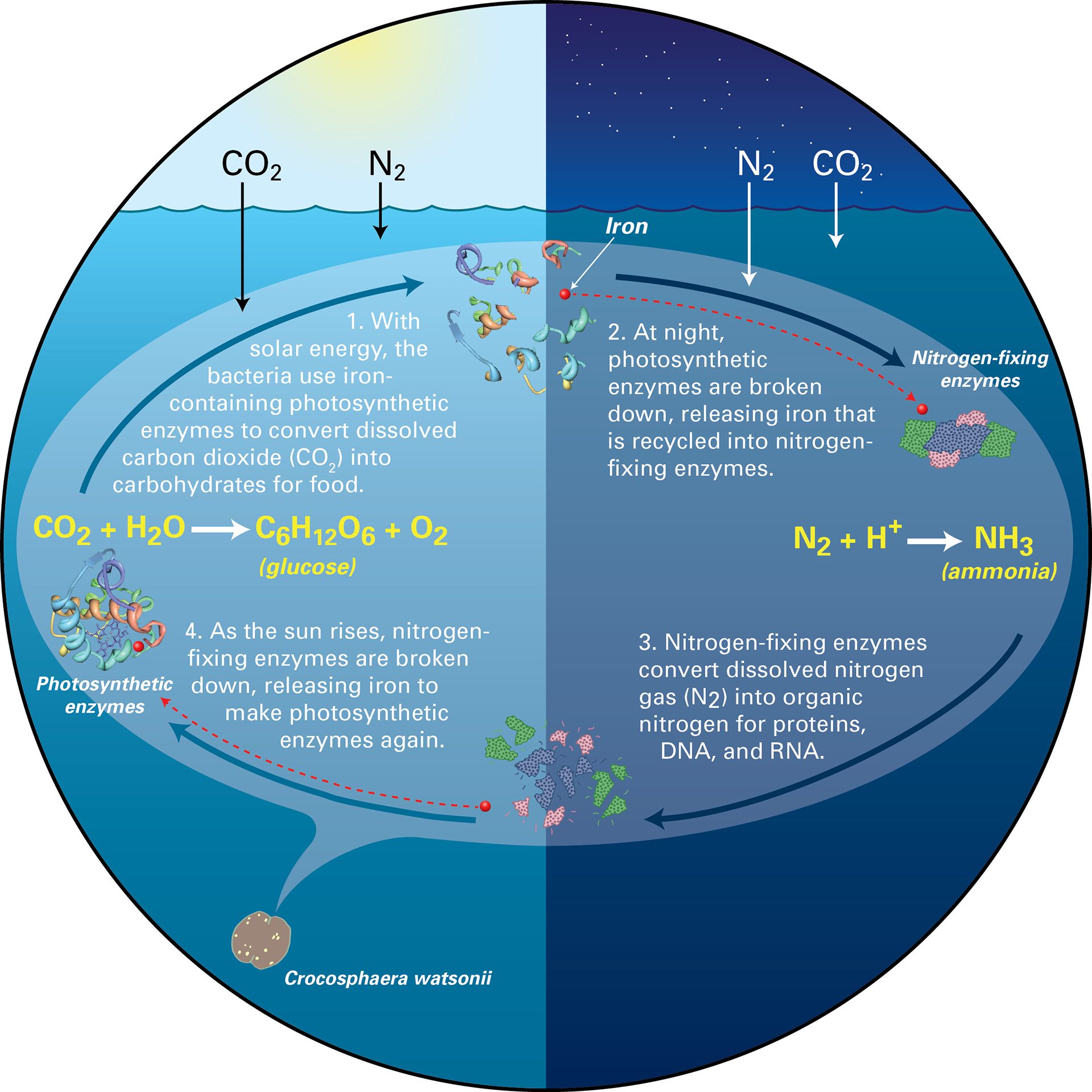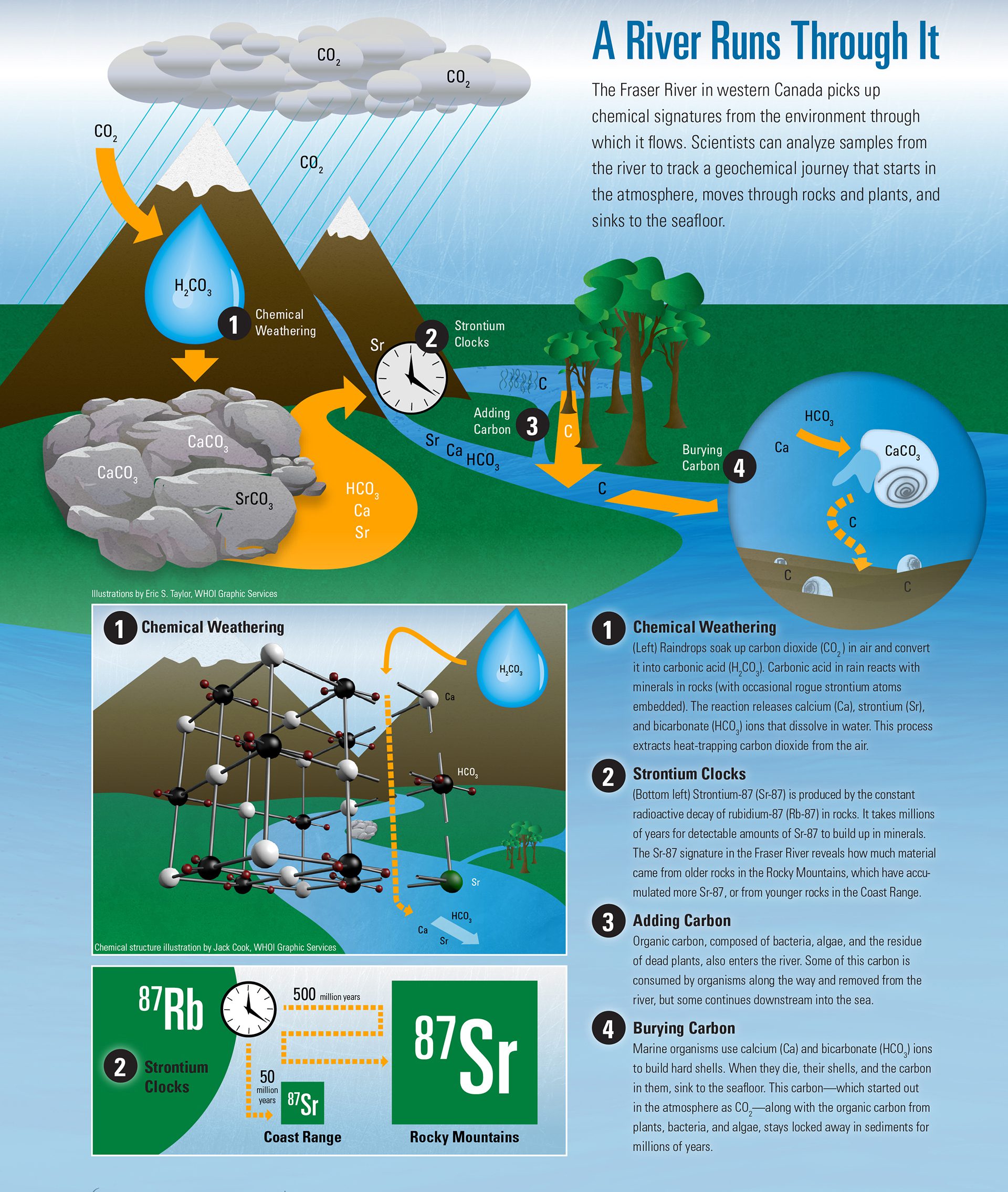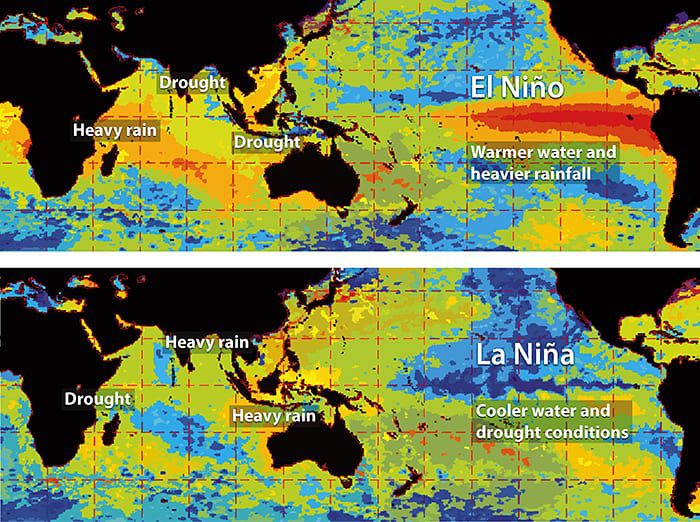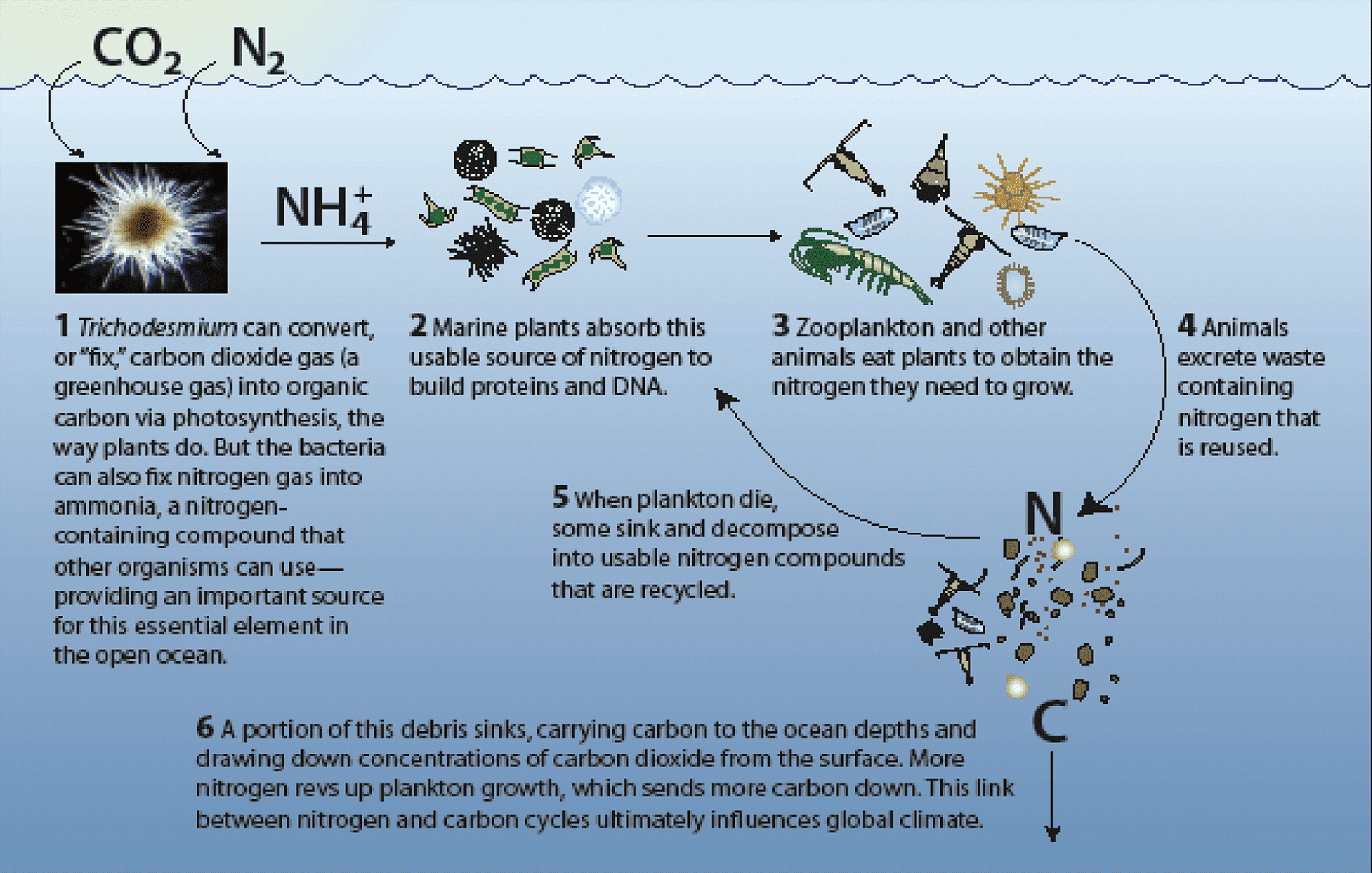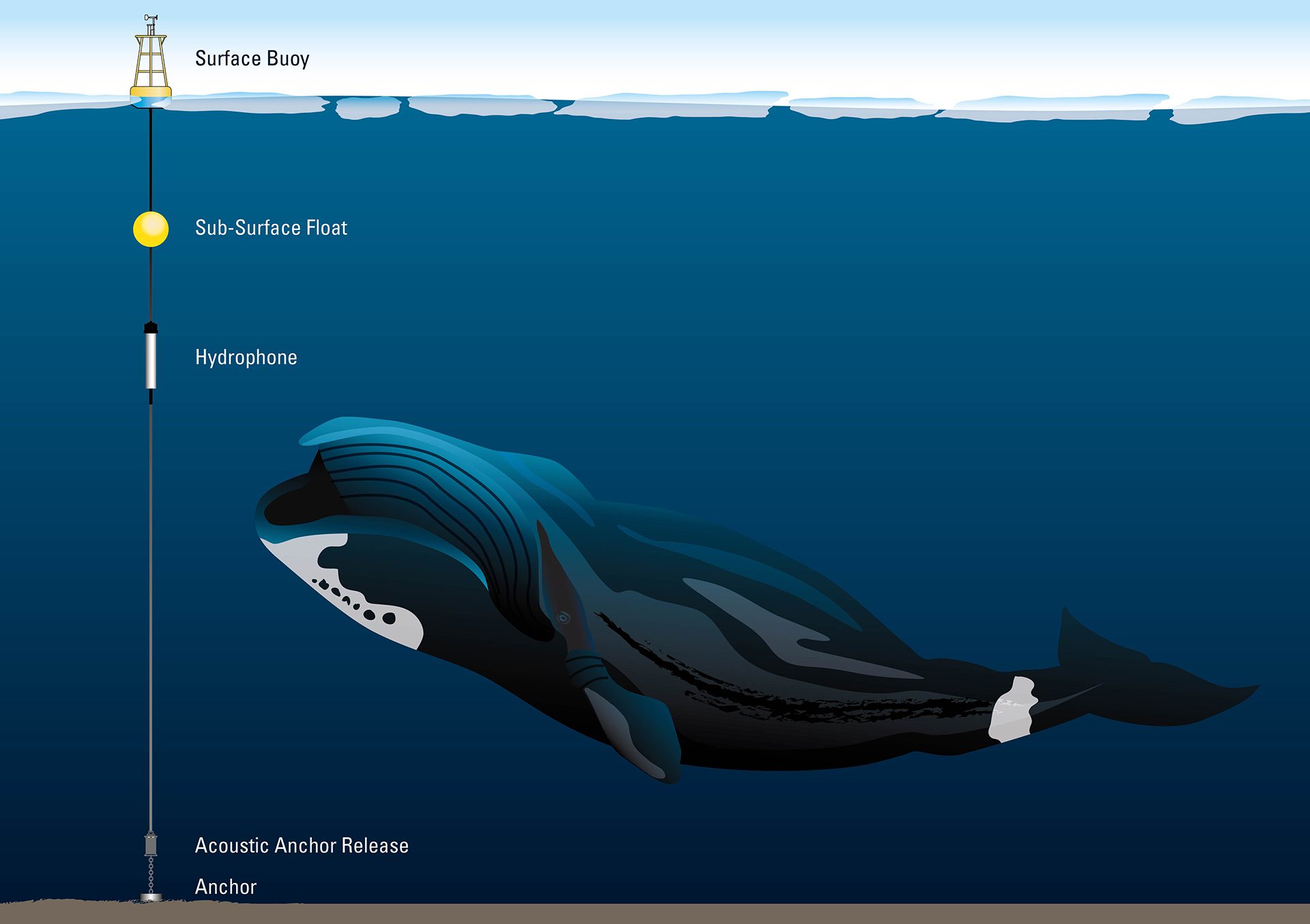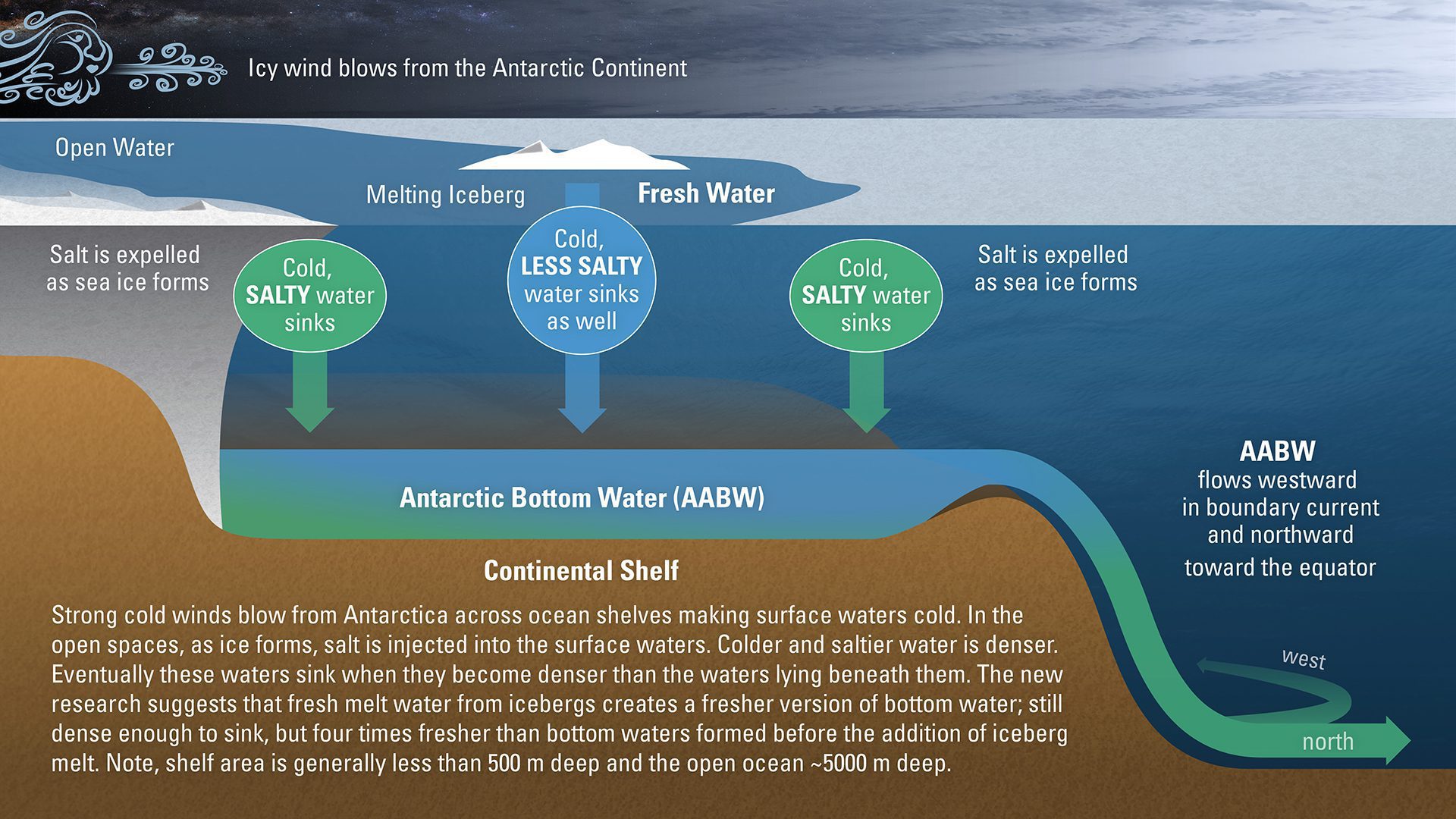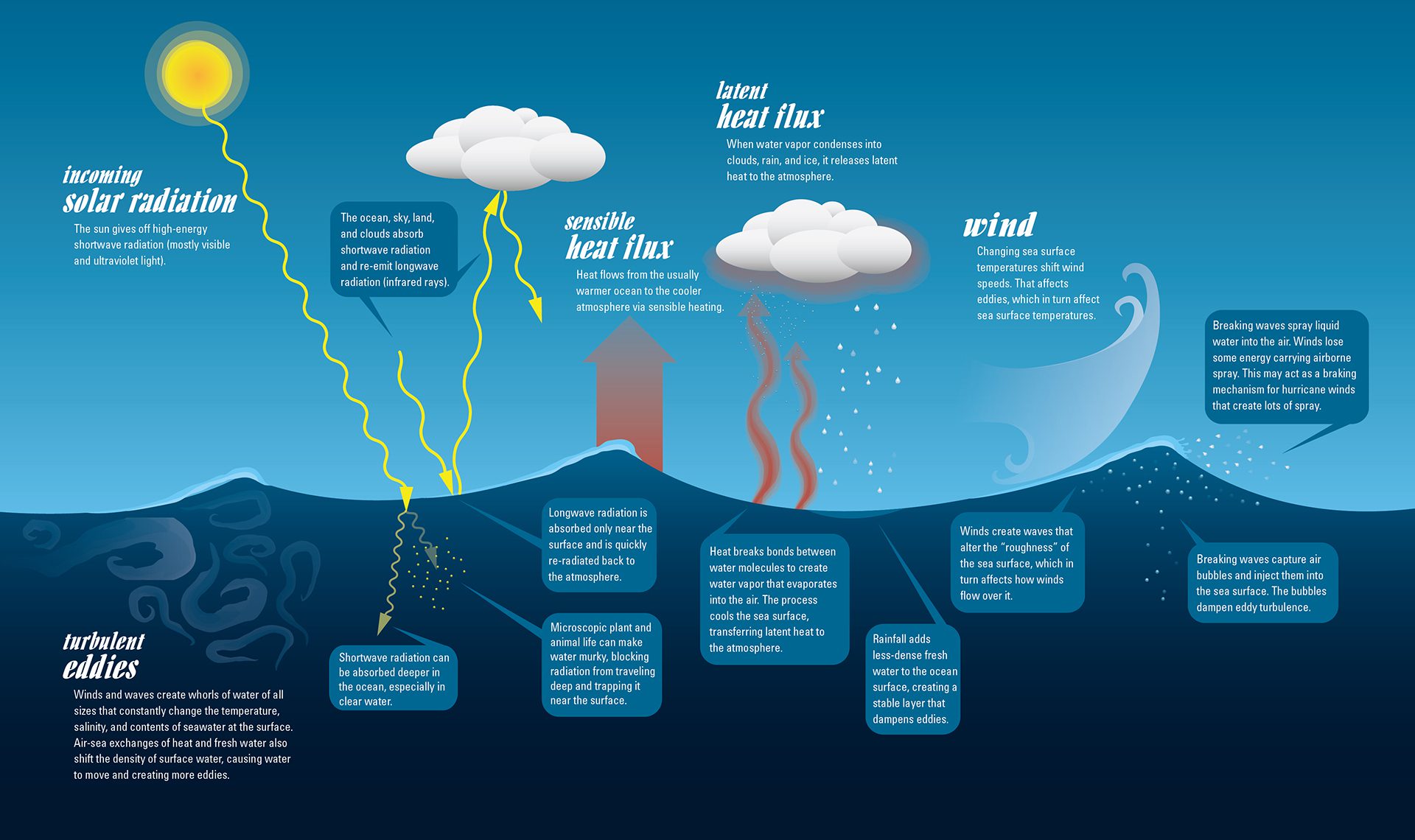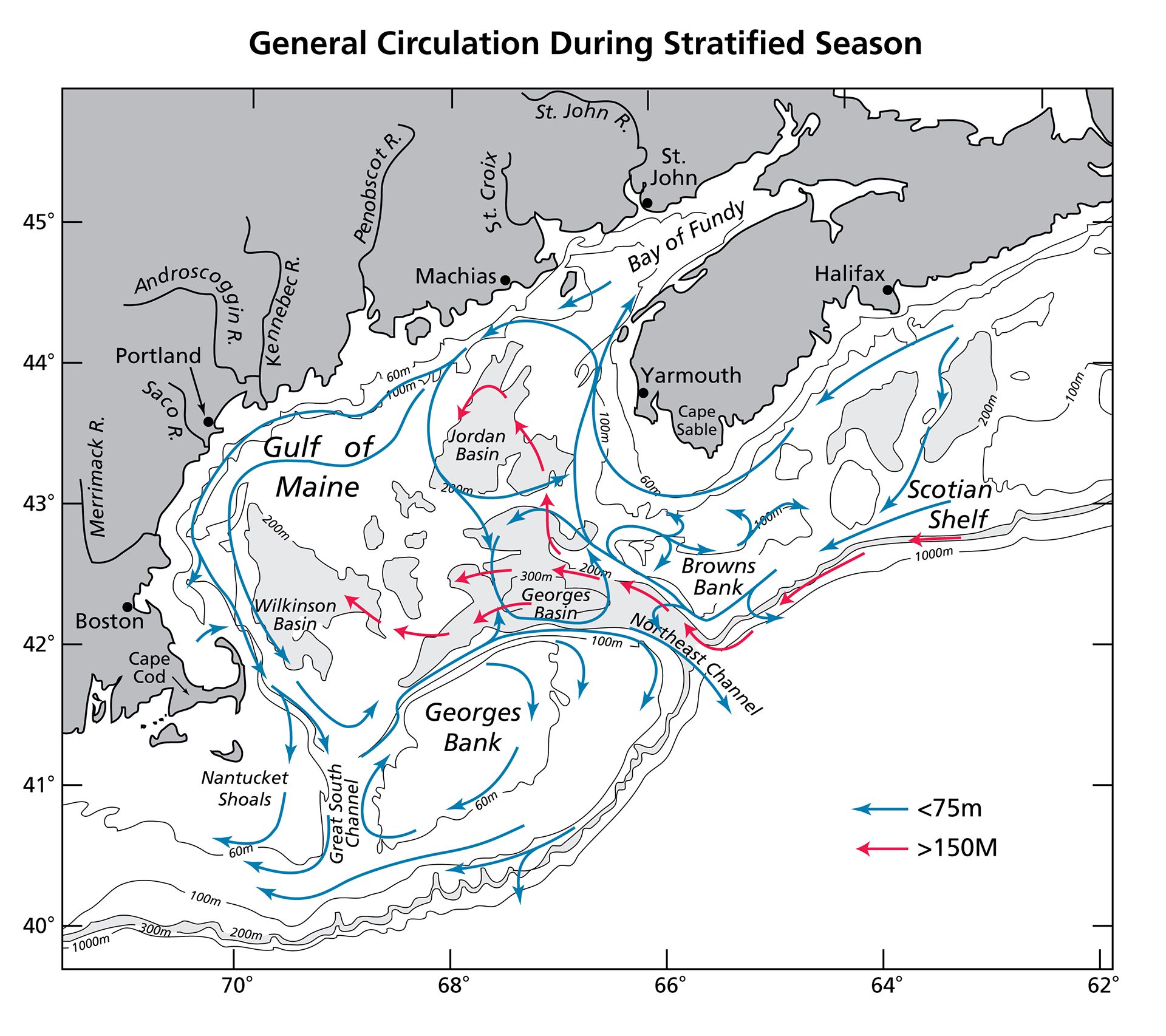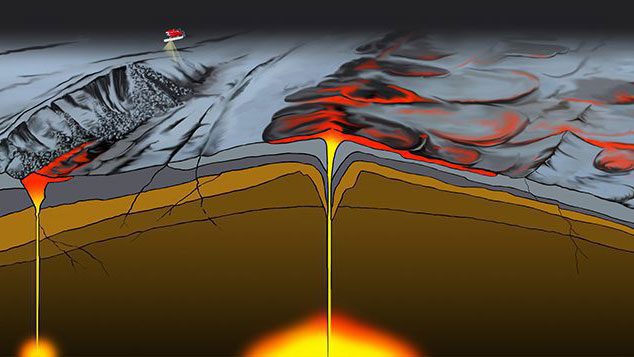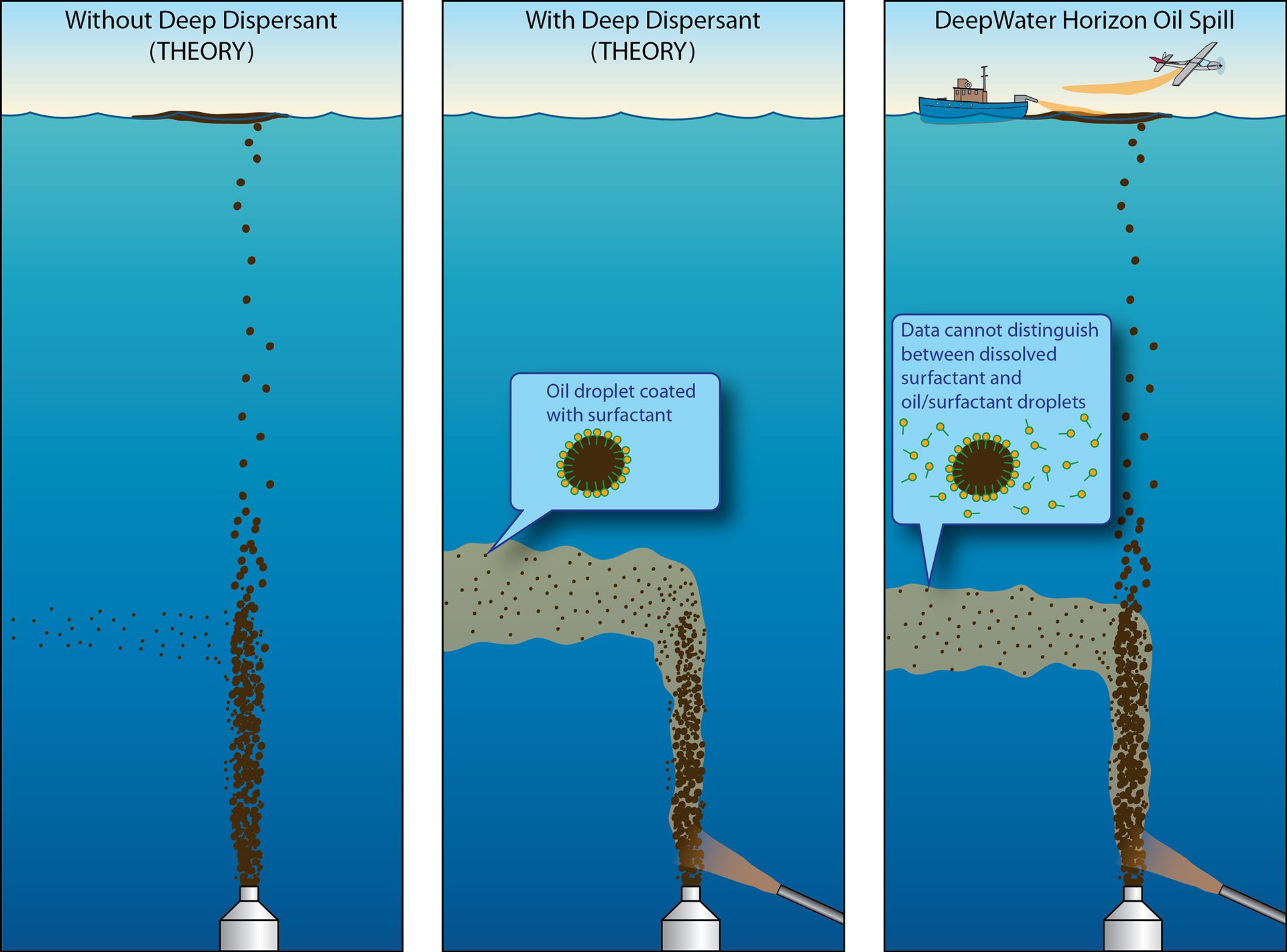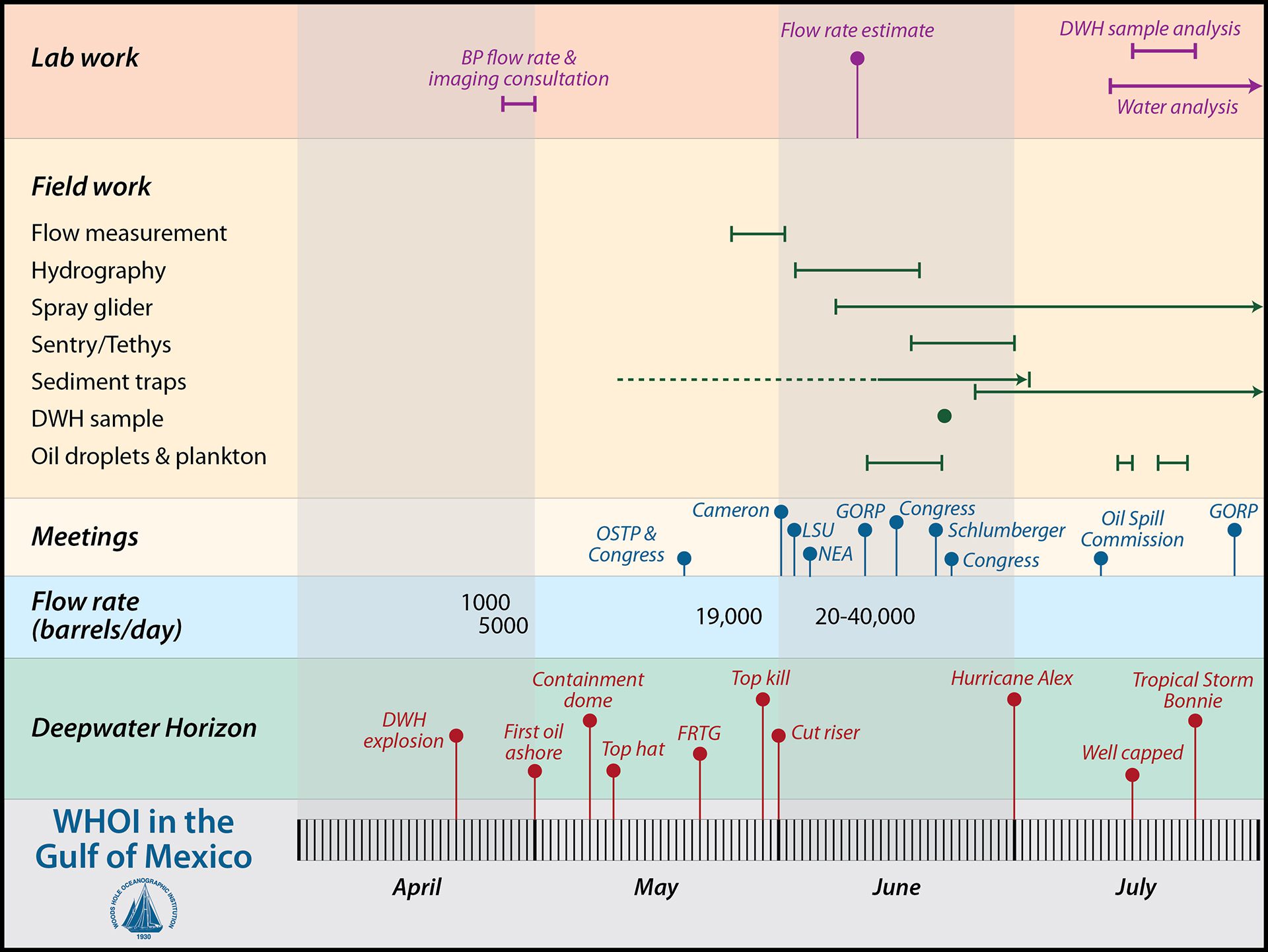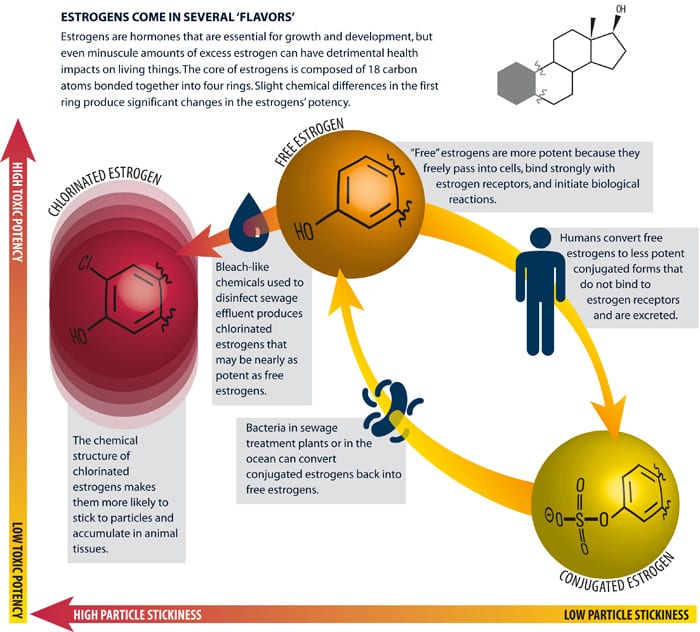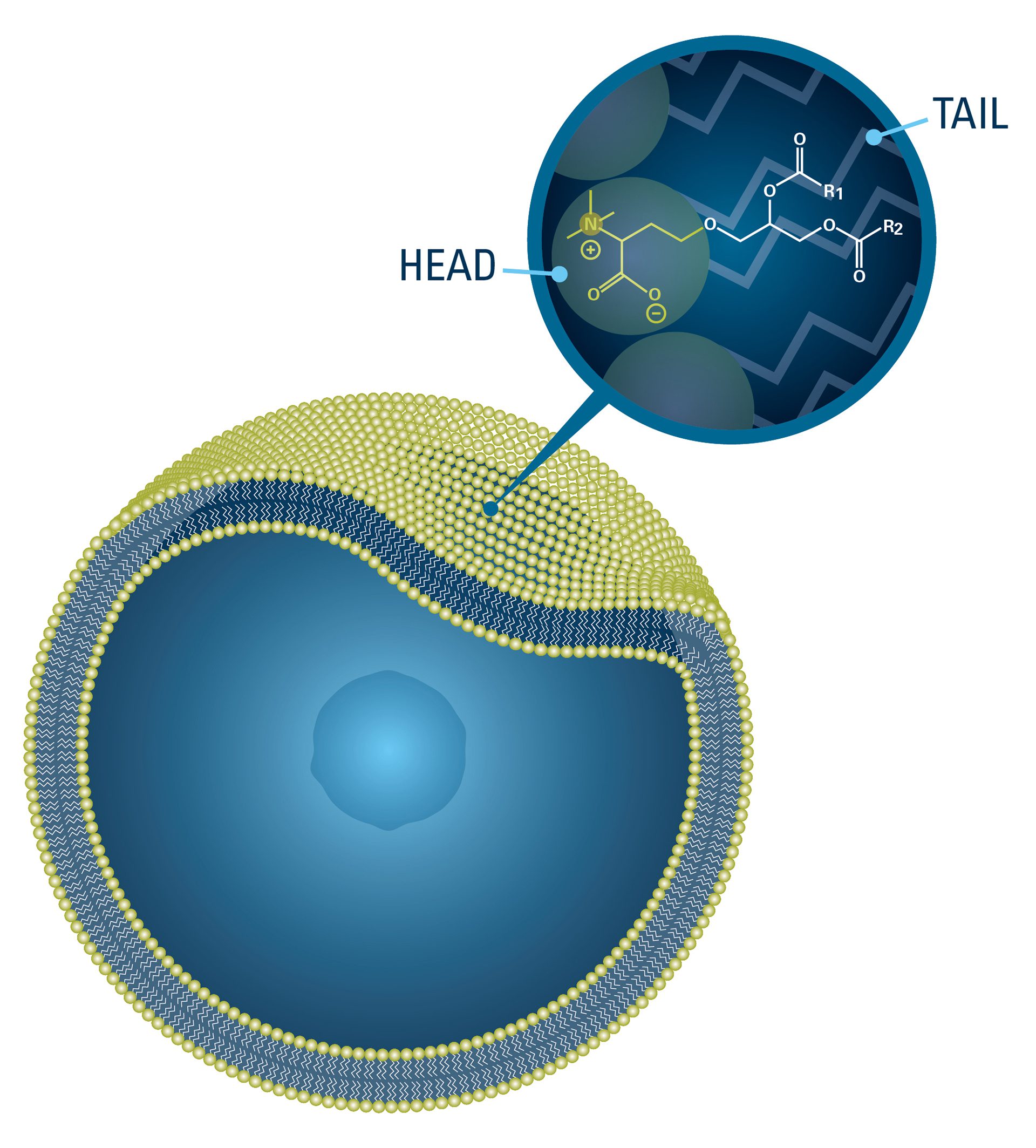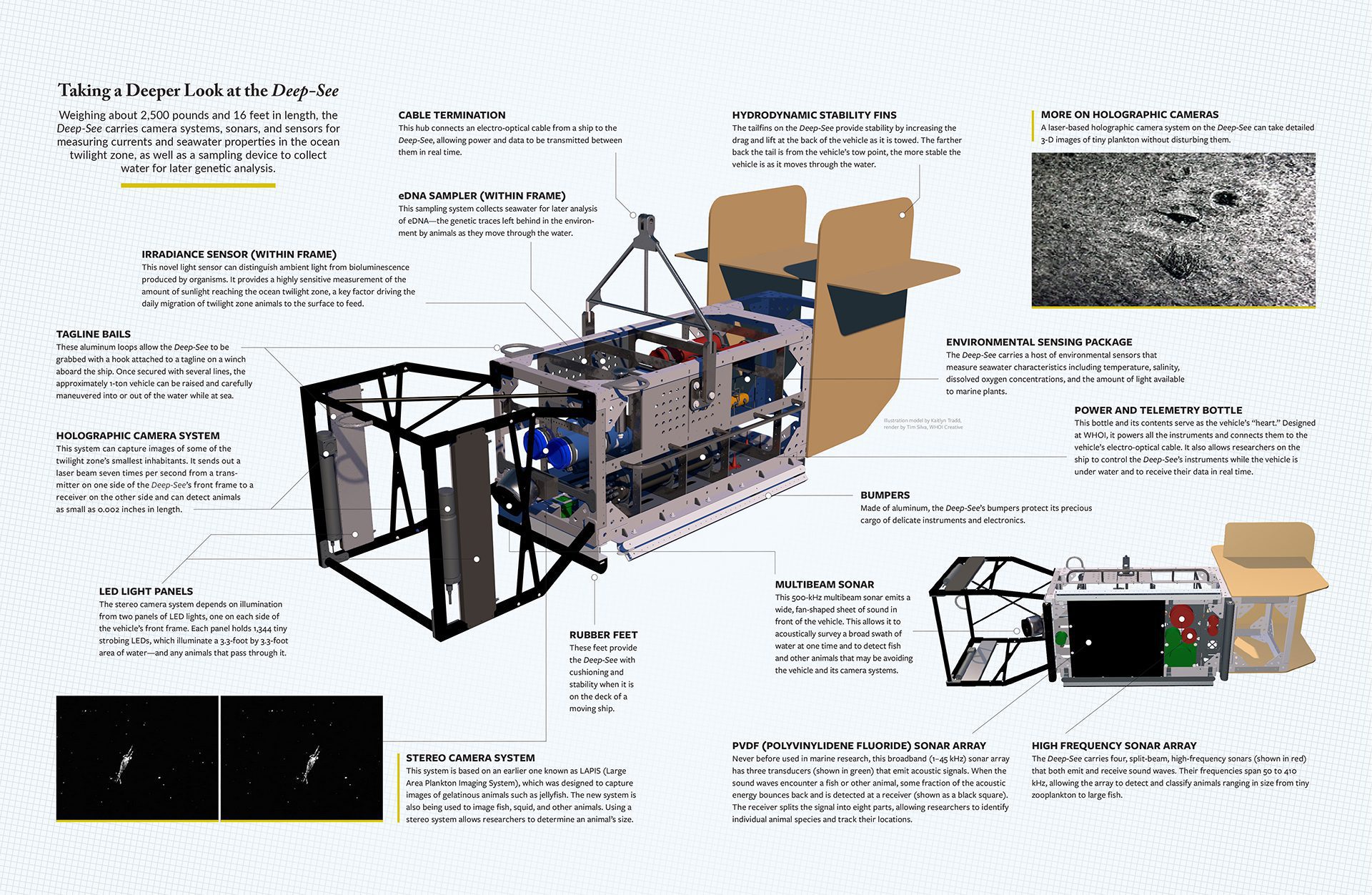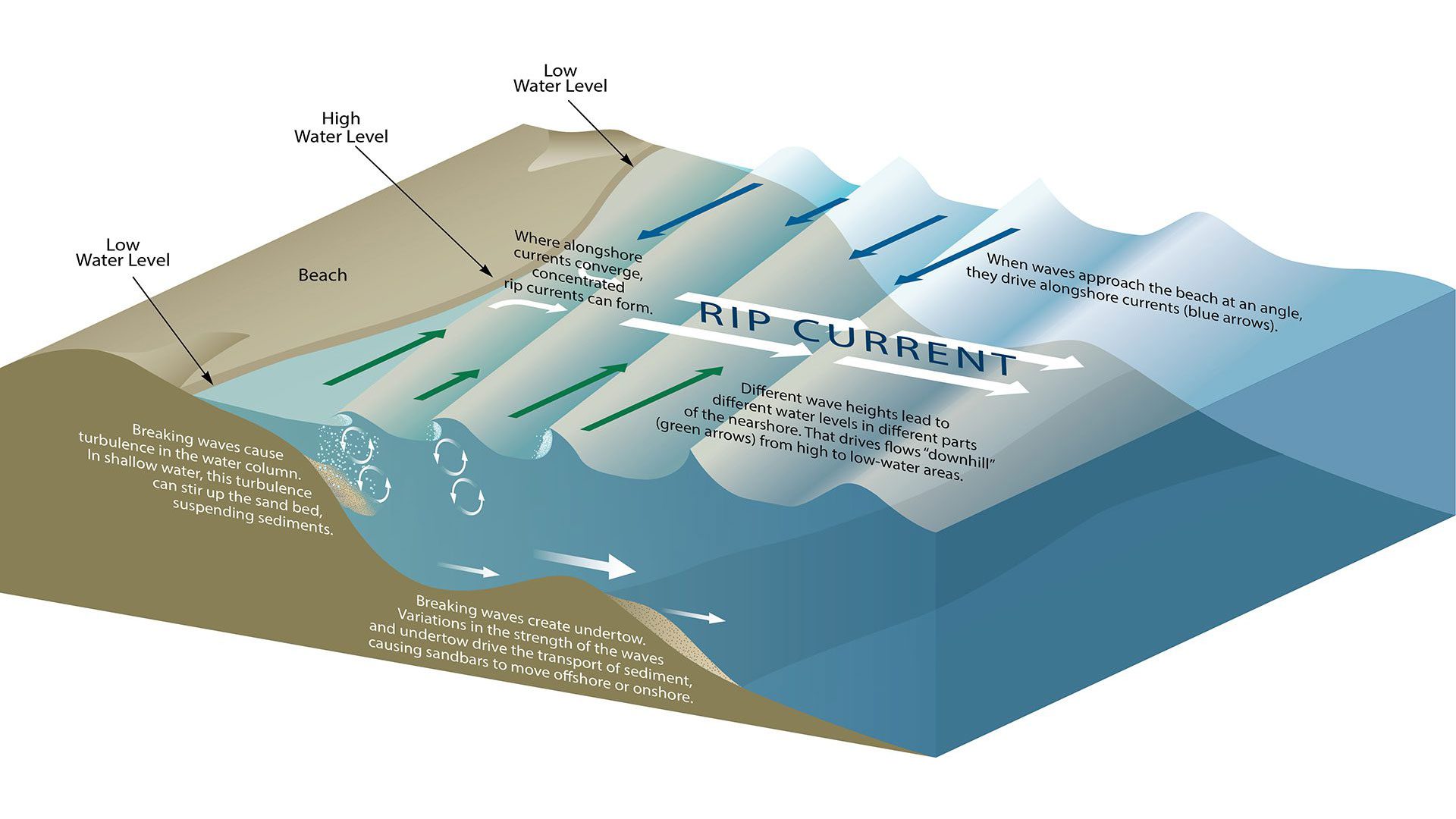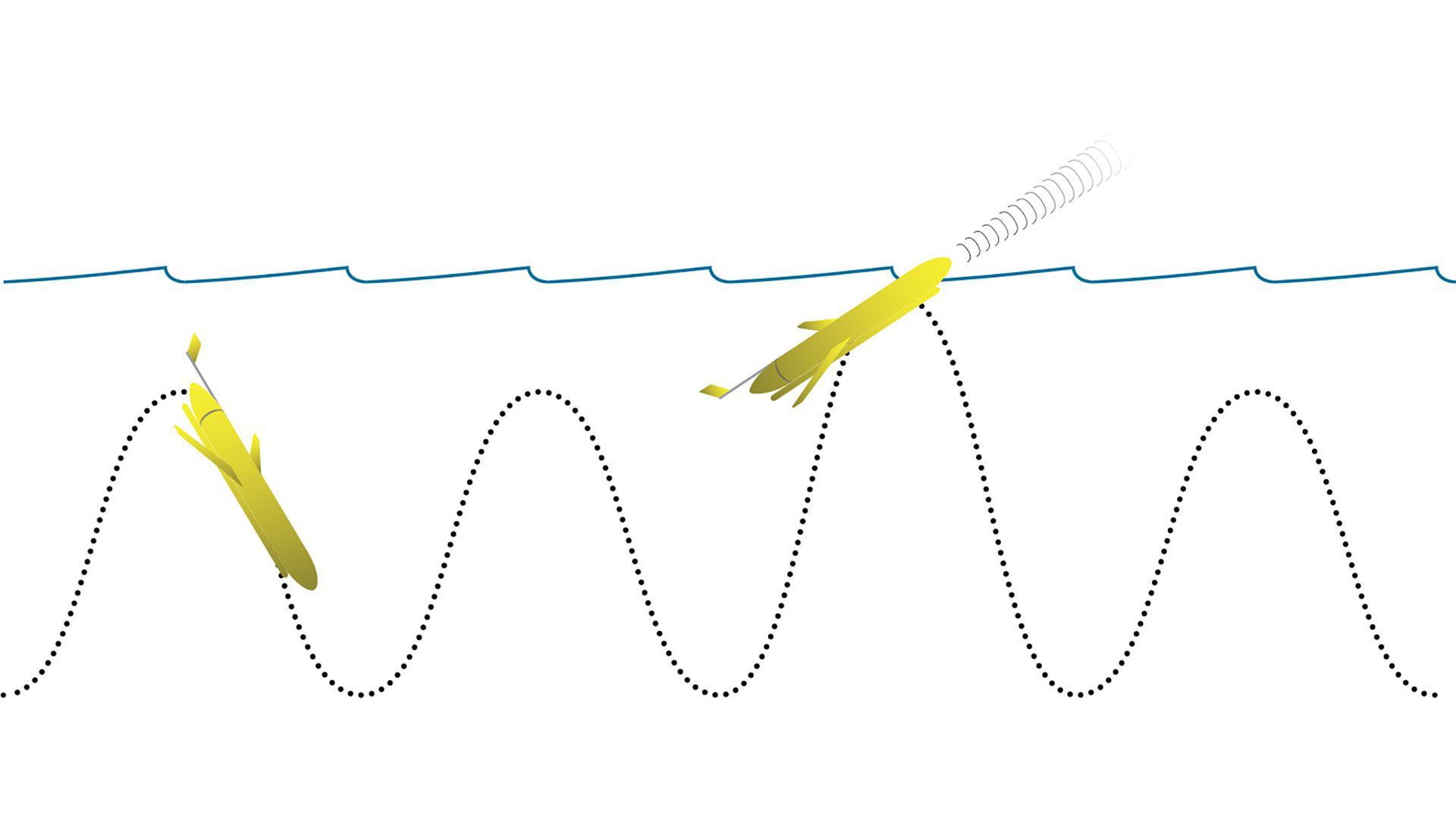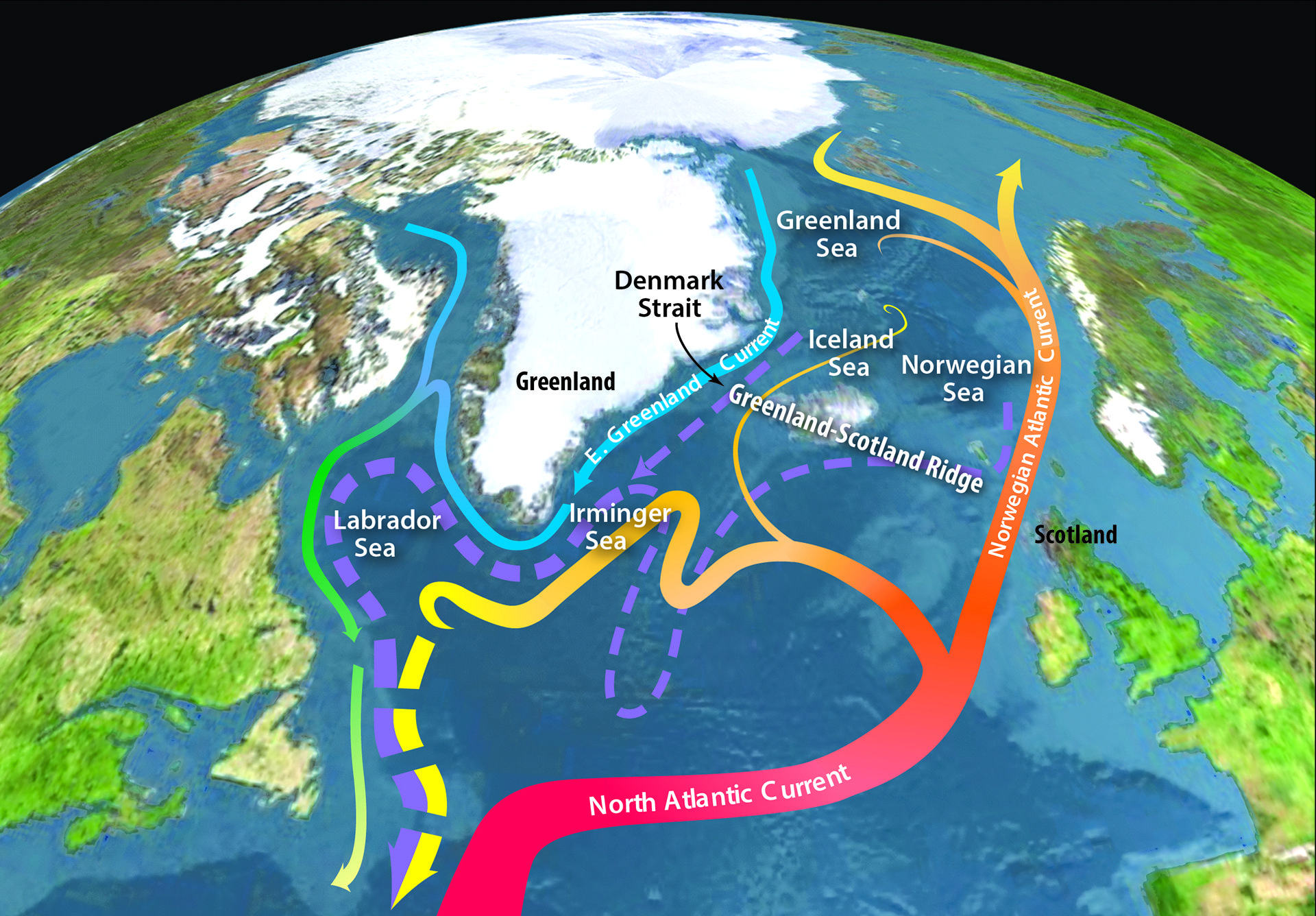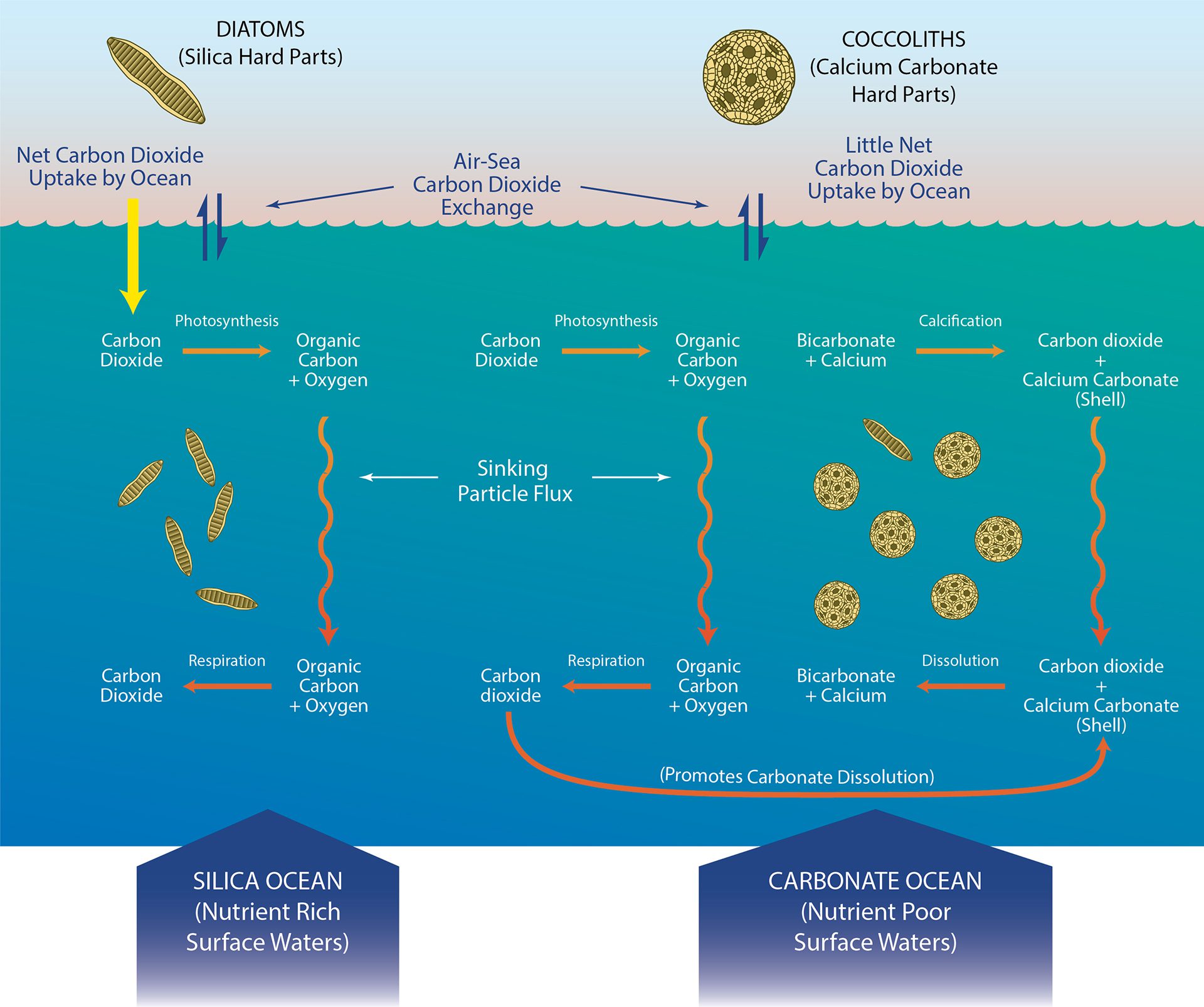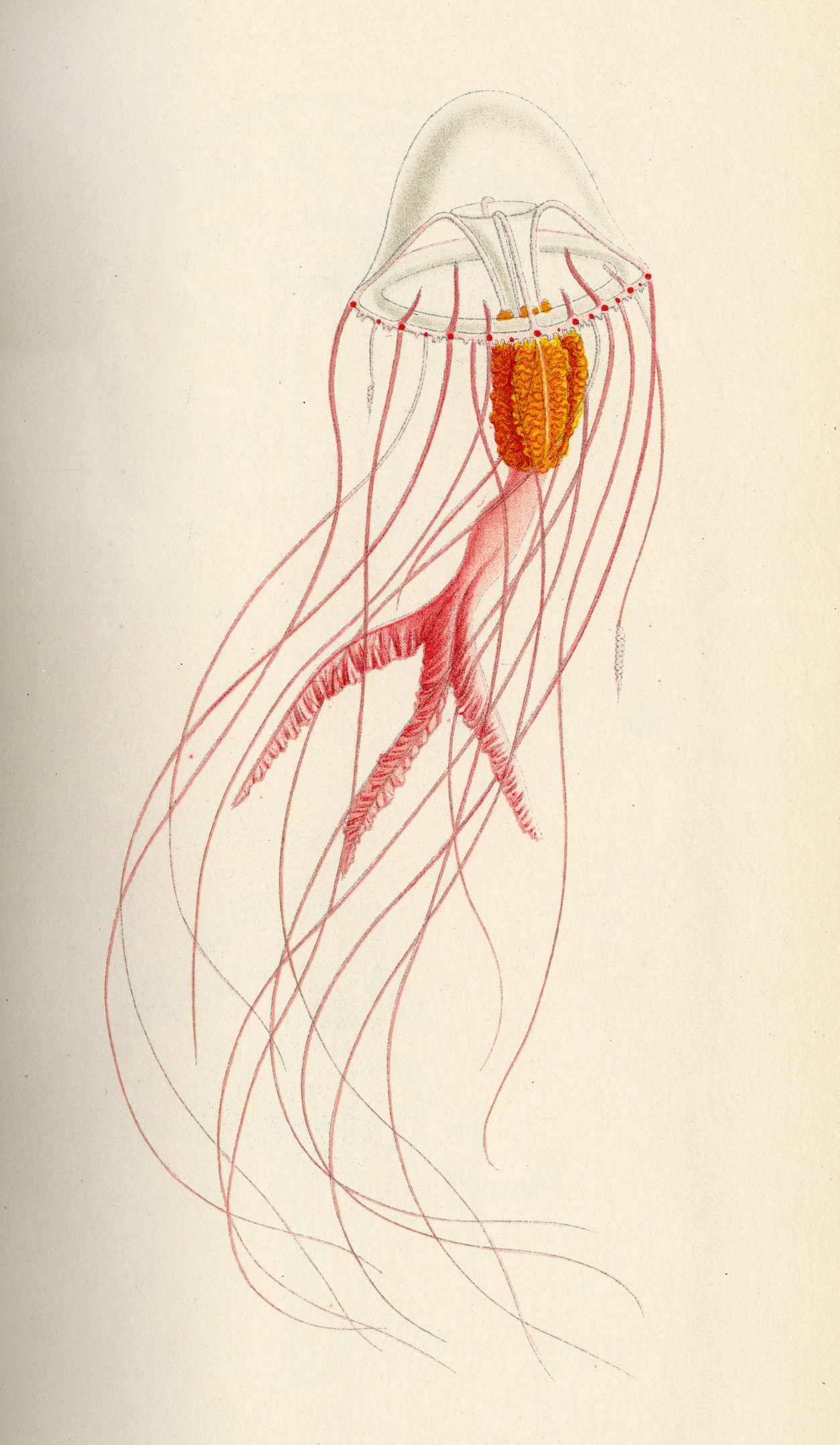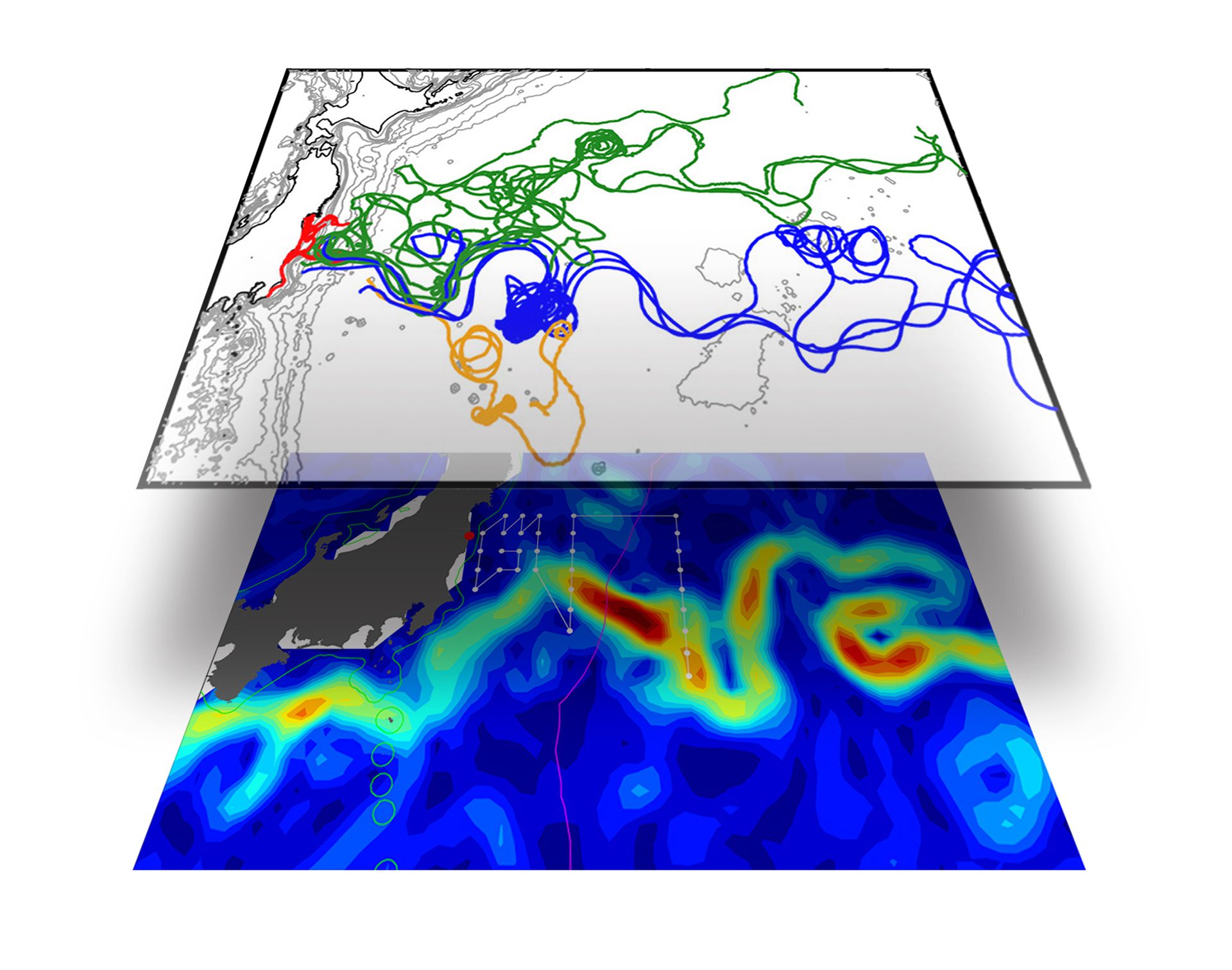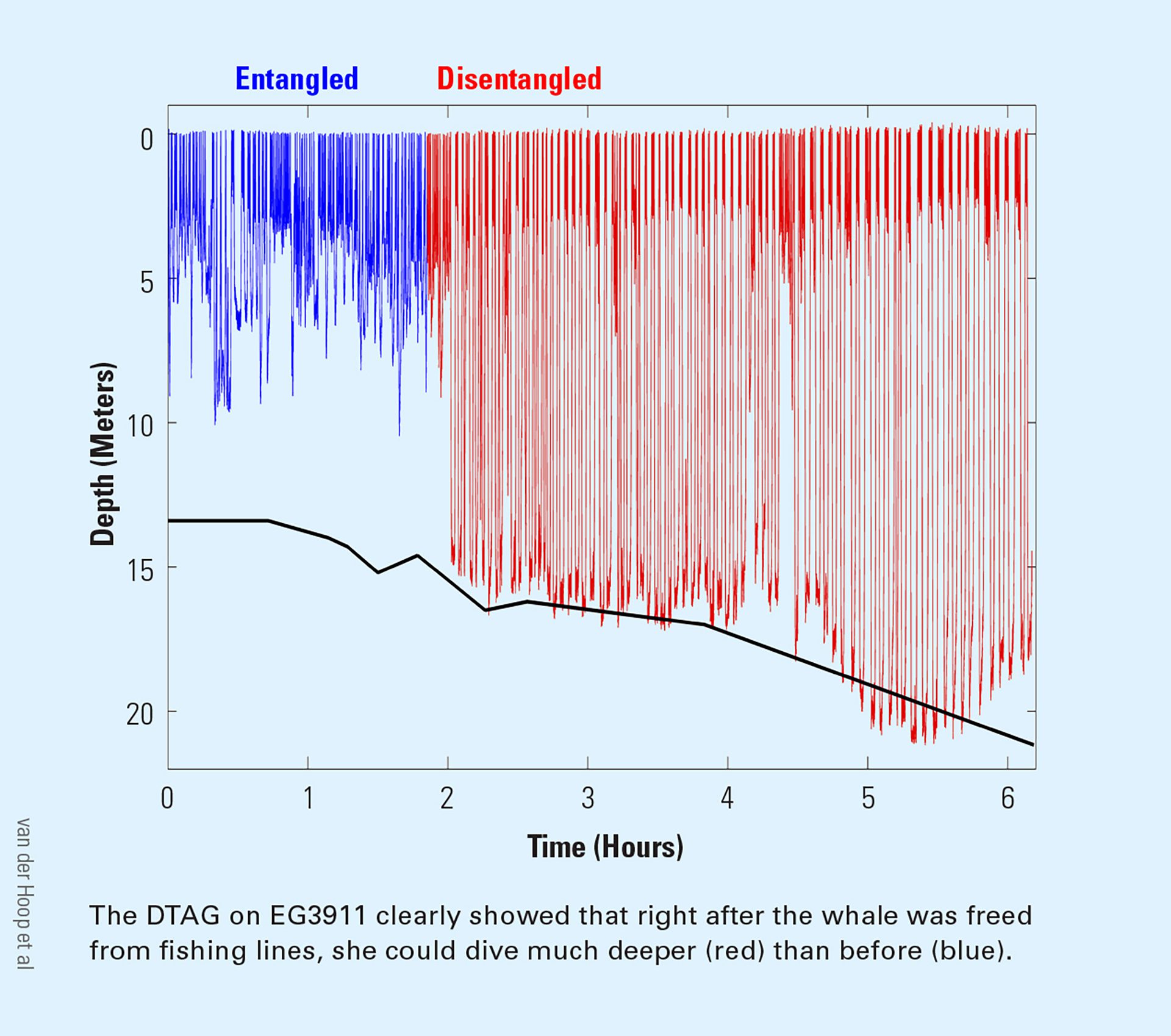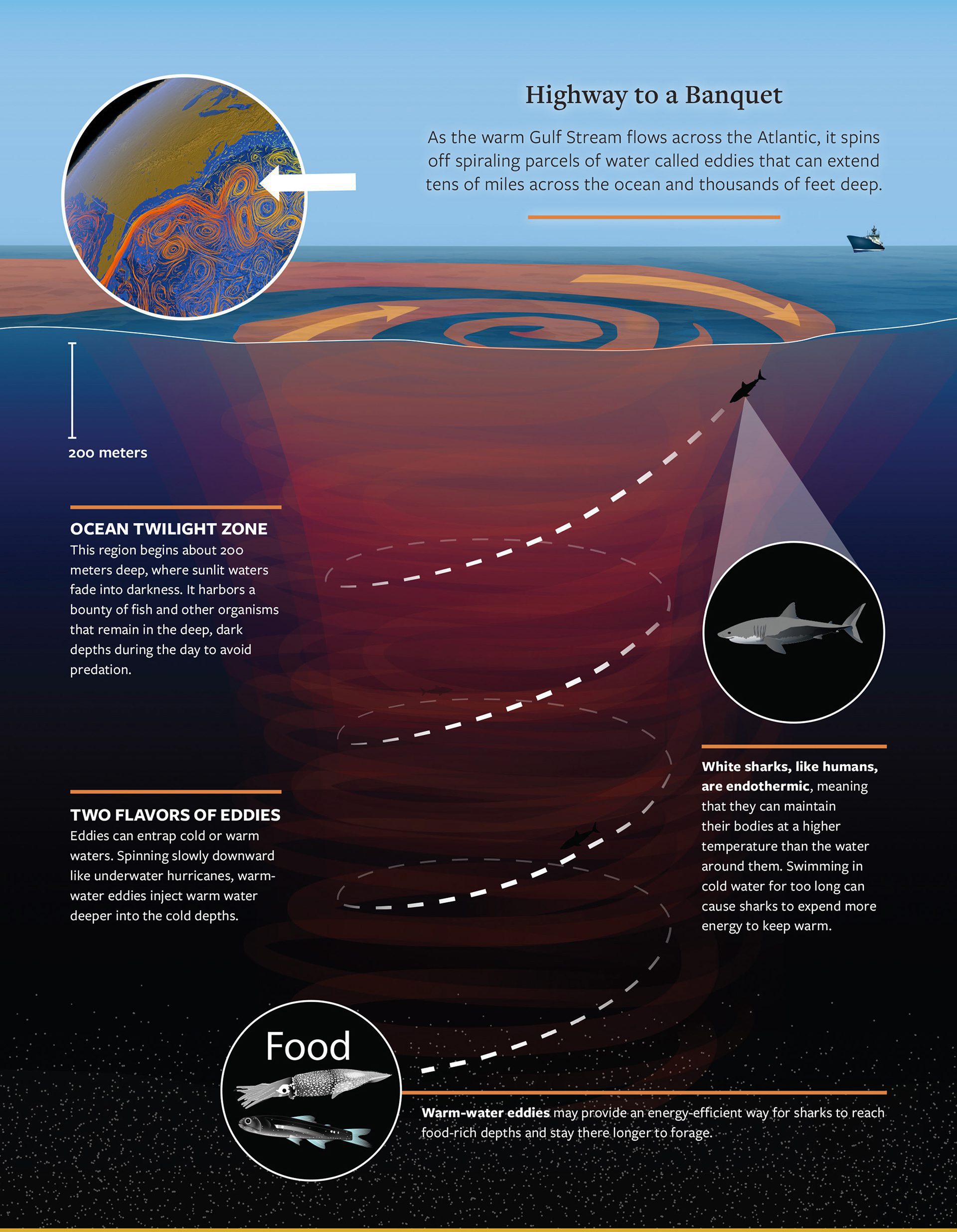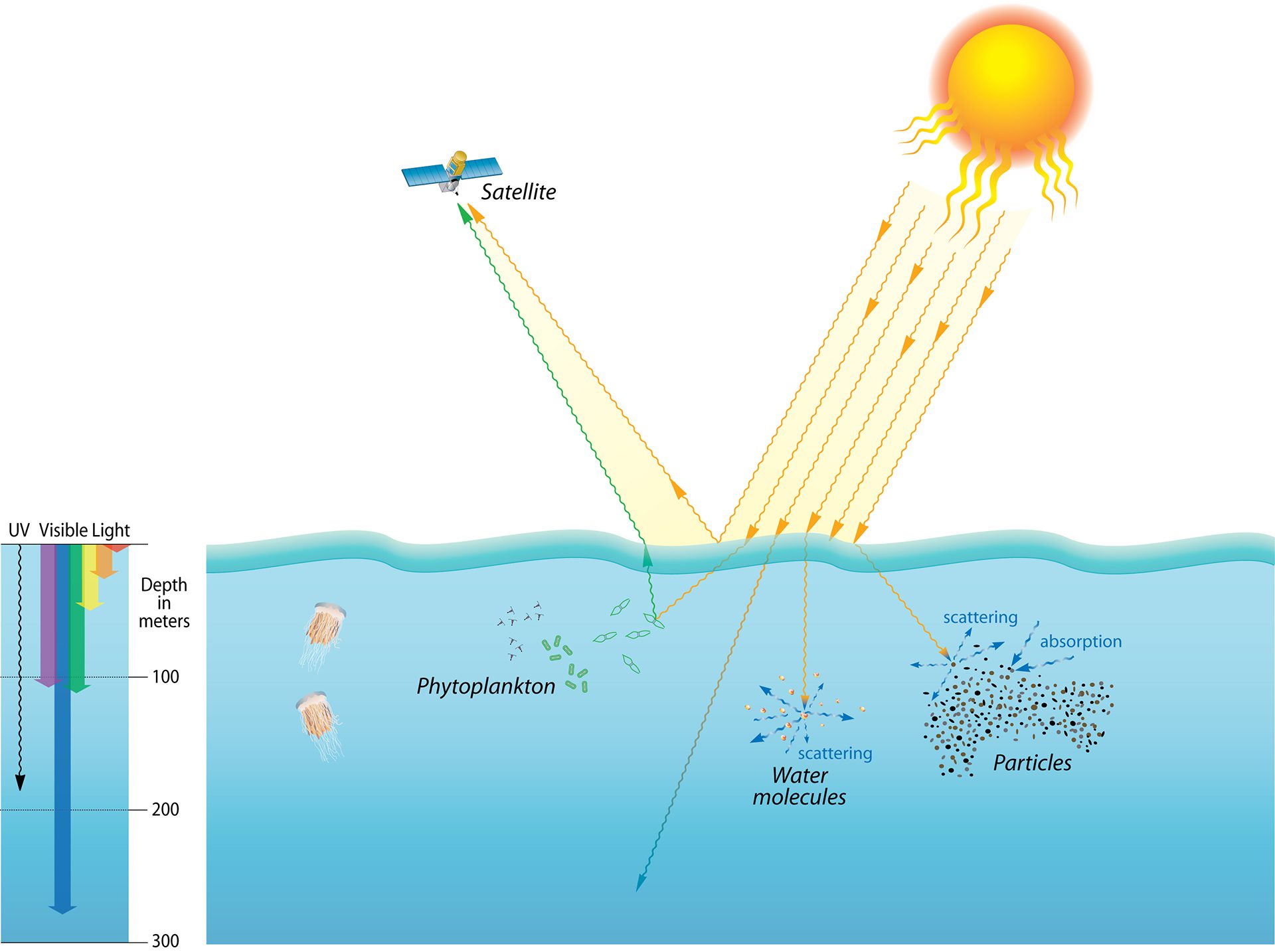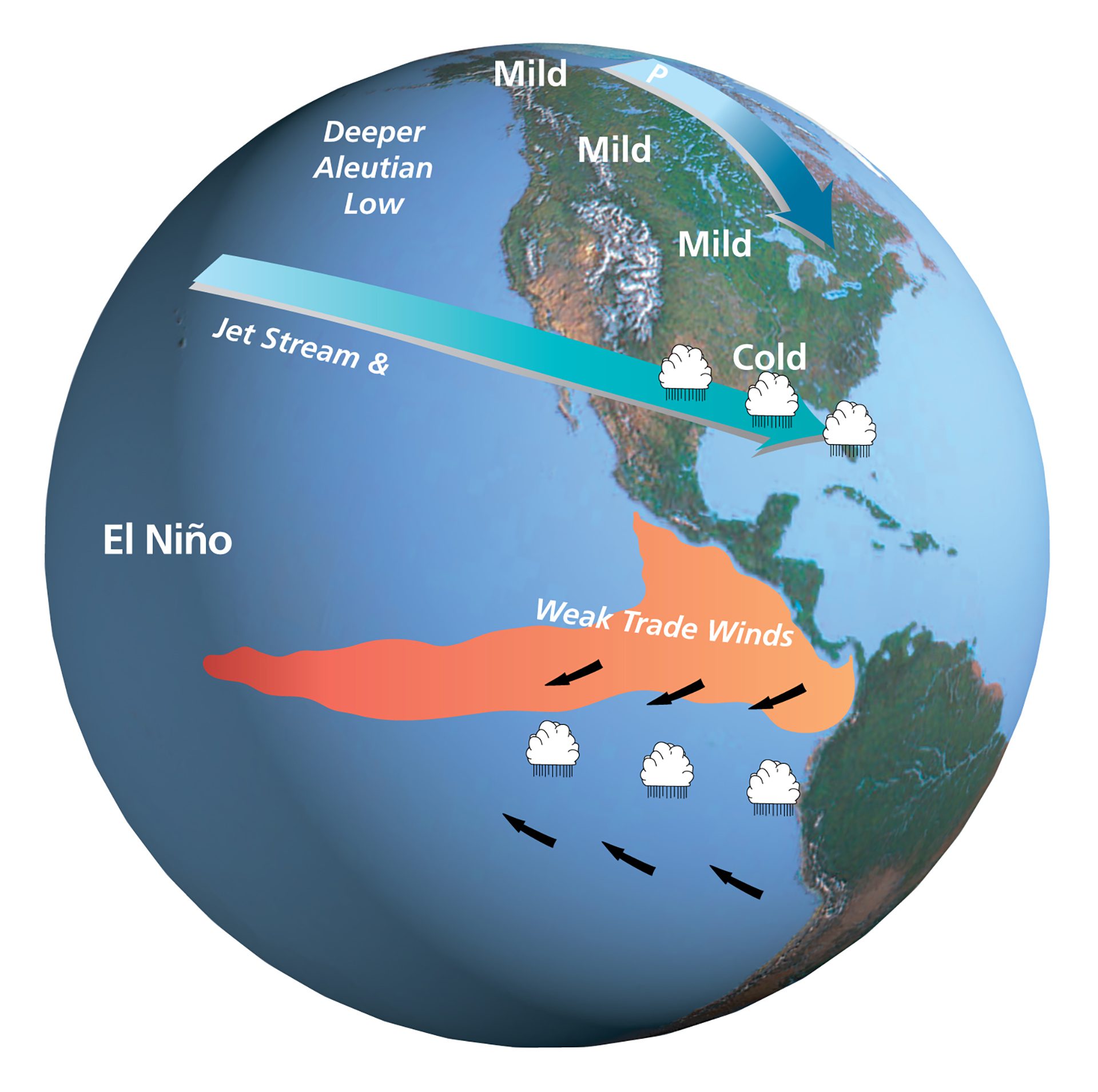Multimedia
How Cyanobacteria Crocosphaera watsonii recycles iron
Iron is scarce in the ocean, but a key marine bacterium may have evolved a remarkable biochemical way to recycle it and reduce its iron requirements by half.
Read MoreHow the Fraser River picks up chemical signatures along its journey
Samples from the Fraser River help scientists track a geochemical journey that starts in the atmosphere, moves through rocks and plants, and sinks to the seafloor.
Read MoreHow the Pacific influences rainfall in Asia
Maps comparing the connection between the Pacific and Indian Ocean regions in the equatorial region, during El Nino/La Nina conditions.
Read MoreHow Trichodesmium are essential cogs in the ecological machinery of the ocean
Trichodesmium are essential cogs in the ecological machinery that cycles chemicals through the oceanschemicals that sustain life and influence global climate.
Read MoreHydrophone on mooring listening to Bowhead whale
Scientists track bowhead whales in icy regions by recording their changing songs, studying how whales adopt new tunes to communicate and attract mates.
Read MoreIcy wind blows from the Antarctic Continent
New research suggests that fresh melt water from icebergs creates a fresher version of bottom water, with potentially significant consequences for the ocean and climate.
Read MoreAir-sea exchange mechanisms
Climate change shifts Earth’s water cycle, increasing rain in wet areas and drought in dry ones. Scientists study how water moves between ocean and air.
Read MoreGulf of Maine ocean circulation
Detailed map showing general circulation and bathymetry in the Gulf of Maine during stratification season.
Read MoreDeep Ocean Ridge System cross-section with AUV ABE insert
Ridge system, Magma chamber
Read MoreDeep Water Horizon oil spill dispersant theory scenarios
Oil droplets from deep wells can be broken into small, neutrally buoyant droplets by dispersants, helping microbes degrade them before they reach the surface.
Read MoreDeepwater Horizon Gulf oil spill timeline of events
Deepwater Horizon Gulf oil spill timeline of events.
Read MoreEstrogens comes in several "flavors"
Estrogens are hormones that are essential for growth and development, but even minuscule amounts of excess estrogen can have detrimental health impacts on living things.
Read MoreDetail of lipids in cell membranes
The cell membranes of single-celled marine life are mostly made of fatty compounds called lipids.
Read MoreTaking a deeper look at Deep-Sea
Deep-See carries camera systems, sonars, and sensors for measuring currents and seawater properties in the ocean twilight zone, as well as a sampling device.
Read MoreDevelopment of a rip current along a coastal beach
Waves, currents, and seafloor shape interact in coastal surf zones, moving sand and water up, down, and along the shore, constantly reshaping the coastline.
Read MoreDiagram demonstrating how a Slocum glider operates in the water column
An ocean glider moves up and down in the water column collecting data, surfacing to get a GPS reading on its position and to exchange data with scientists back on shore.
Read MoreNorth Atlantic circulation
Global map illustrating general circulation patterns in the Northern Hemisphere with a focus on the Greenland Strait.
Read MoreDiatoms and Coccoliths carbon-dioxide carbon removal from atmosphere
Conditions that influence how diatoms and coccoliths removal of carbon-dioxide — from the atmosphere to the deep ocean.
Read MoreDrawing of Timoides agassizii by Henry Bigelow
Henry Bigelow, WHOI’s founding director, began his oceanography career on a 1901 Maldives expedition, where he studied and sketched gelatinous sea life.
Read MoreKuroshio Current: Both highway and barrier for Fukushima radiation
Map of drifter flow lines overlaid on the Kuroshio Current shows how Fukushima disaster radiation was swept away from shore, but blocked from flowing South.
Read MoreDTAG data plot showing whale could dive deeper after disentanglement
Tracking showed an entangled right whale dove shallowly, but after rescue, dove much deeper—revealing how gear hinders whale movement and effort.
Read MoreSharks ride eddies to the depths
White sharks in the open ocean seem to seek out eddies for a surprising reason: The eddies offer a beeline to a banquet of food.
Read MoreEffects of light penetrating the ocean
Phytoplankton absorb red and blue light but reflect green, which satellites can detect—revealing life and particles in sunlit ocean surface waters.
Read MoreEl Nino
Global map illustrating changes in sea surface temperatures, wind, and weather patterns that define an El Niño event.
Read More
